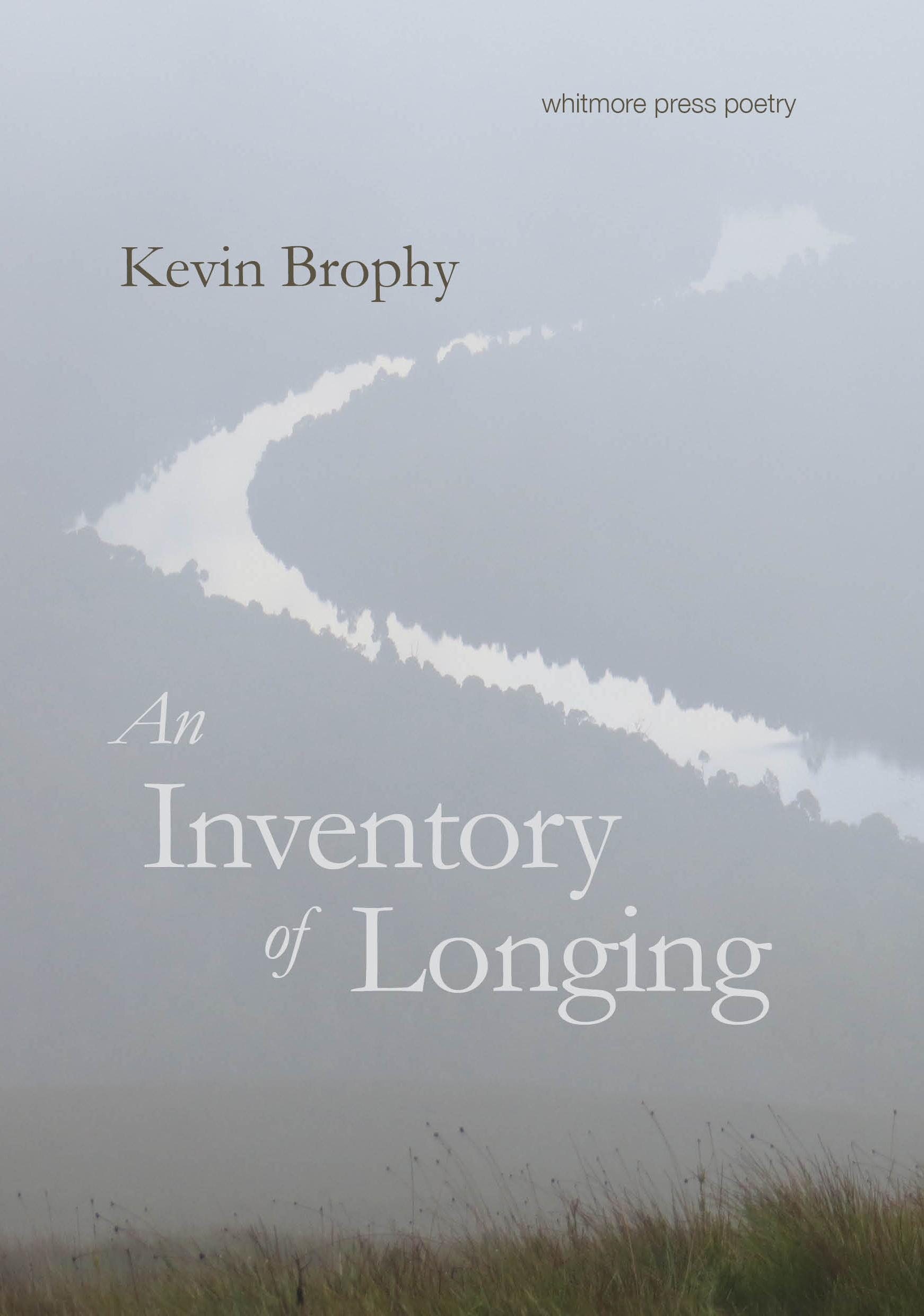'Openings', a new poem by Judith Bishop
I could say hello to things.
Theodore Roethke
i.
The hand’s wave,
when it comes –
formal, yet never once the same,
awkward sometimes,
sometimes half-
withheld –
from the sunlight of the brain
makes a shadow of intent.
Something alights
in the meadow of vision.
Shimmering,
electric,
each datum’s serene
in its dance of arrival from the world –
each met by the sprightly
pas de deux of the brain,
holiest union,
whose coda unfolds
in the body’s
archipelagos of darkening
roads,
where the nerve
bulb flashes
and winks out.
ii.
Loveliness and horror pass through
the open gate.
Appear in the field,
and the widening ripples
begin, startled dancers
and audience beyond, all places in the brain
where the judgments
rise and shout.
How do you open
the gate to a birth?
How do you
open the door on a death?
Open, knowing what must
dart out like a cat;
open, knowing
how the rush will numb the fingers
to any further action,
and the mind
be transfixed before the scene.
iii.
Does the tree return her greeting
when a child says hello?
Something happens in the interval of love,
it must, for though the air
is unmoved, time opens and floats
like the seeds
of a dandelion clock.
Then call the tree
by its name:
like the unicorn,
it steps into your mind
and will remain.
iv.
She came to the door
one afternoon, she said,
Have you seen my brother,
we’ve been calling for a week,
my mother’s
worried.
Our neighbour, who was friendly
and young,
kept unusual hours. His door
absorbed her knocking, back,
back,back, back, an
uncrossable field.
At last she said, I’ll go
get the police.
A quiet hour passed.
Then we heard the door
opened, we heard
a woman weeping at the sight.
v.
Yellow leaves on black water,
weeping willow,
and farther, the tree entire mirrored
for a child too young to understand
the doubling
of a thing between image and is,
how the flapping duck scours off the duck afloat on water
as it rises
into all and only what it is, in air.
This is the time
when what does not exist, begins to.
Symbol and thing acquiesce in their merger,
one and the other
are met by the child
with equanimity, the willow
weeps and is greeted
both in water and in air.












Leave a comment
If you are an ABR subscriber, you will need to sign in to post a comment.
If you have forgotten your sign in details, or if you receive an error message when trying to submit your comment, please email your comment (and the name of the article to which it relates) to ABR Comments. We will review your comment and, subject to approval, we will post it under your name.
Please note that all comments must be approved by ABR and comply with our Terms & Conditions.